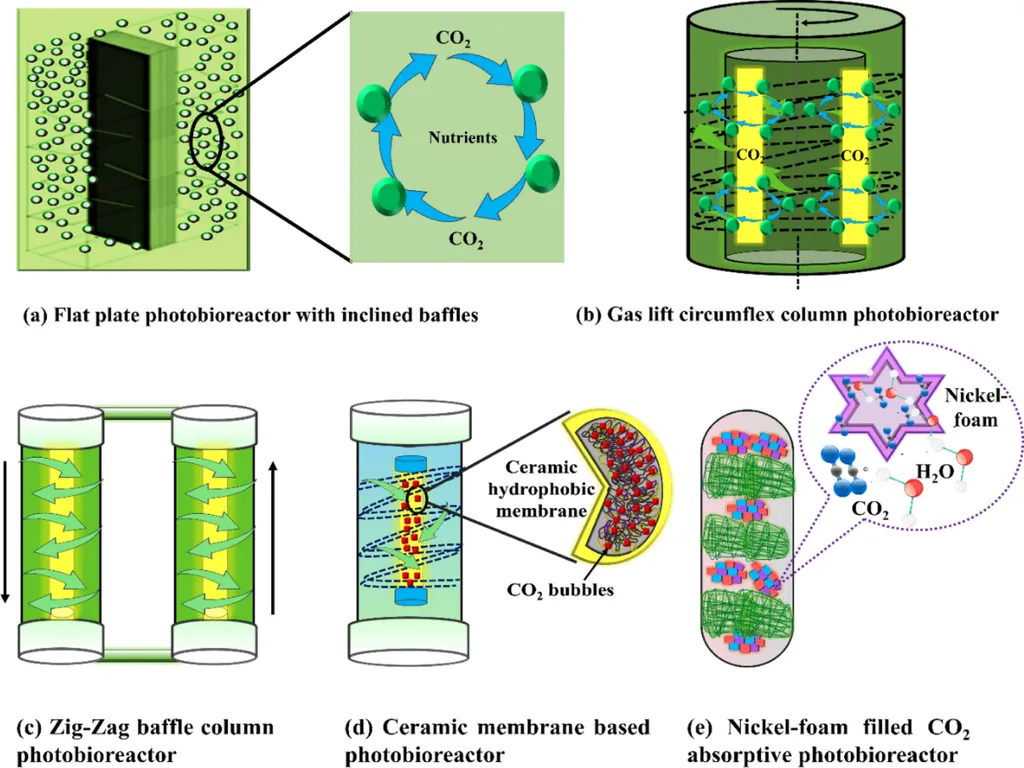In a groundbreaking study published in the Journal of Carbon Dio Utilization, researchers have unlocked a novel method to maximize carbon dioxide (CO2) biofixation using Arthrospira platensis, a type of blue-green algae commonly known as spirulina. This research, led by Youzhi Yu from the State Key Laboratory of Plant Diversity and Specialty Crops at the Wuhan Botanical Garden, Chinese Academy of Sciences, could have significant implications for the energy sector and carbon capture technologies.
The study focuses on utilizing Arthrospira medium as an in situ carbon pool to enhance biomass production and carbon fixation efficiencies. By optimizing the pH levels between 8.5 and 10.5 and maintaining a sodium bicarbonate concentration of 8.4 grams per liter, the researchers achieved remarkable carbon fixation rates. In a 3-liter reactor, the highest carbon fixation rates reached 295.68 to 304.75 milligrams per liter per day, while in a 5-square-meter runway pond, the rates were 26.35 grams per square meter per day.
“Youzhi Yu, the lead author, explained, “The highly alkaline environment required for Arthrospira cultivation has great potential for CO2 capture and utilization, but it has been largely overlooked. Our study demonstrates that by optimizing the conditions, we can significantly improve carbon fixation rates and biomass production.”
The research also showed that in a large-scale 200-square-meter runway pond, carbon fixation rates ranged from 24.73 to 26.93 grams per square meter per day, with exogenous CO2 utilization efficiencies of 72.62 to 78.24 percent. This method not only enhances carbon capture but also produces biomass rich in phycocyanin and carotenoids, valuable compounds with various industrial applications.
The implications for the energy sector are profound. As the world seeks sustainable solutions to reduce carbon emissions, this research offers a promising avenue for carbon capture and utilization. By integrating Arthrospira cultivation into industrial processes, companies can potentially offset their carbon footprint while producing valuable biomass.
“This study establishes an in situ carbon pool system suitable for Arthrospira, effectively promoting its use in carbon emission reduction,” Yu added. The findings were published in the Journal of Carbon Dio Utilization, a leading publication in the field of carbon capture and utilization.
As the energy sector continues to evolve, innovations like this could play a crucial role in achieving global climate goals. By harnessing the power of algae and optimizing their growth conditions, researchers are paving the way for more sustainable and efficient carbon capture technologies. This research not only advances our understanding of CO2 biofixation but also opens new possibilities for commercial applications in the energy industry.

